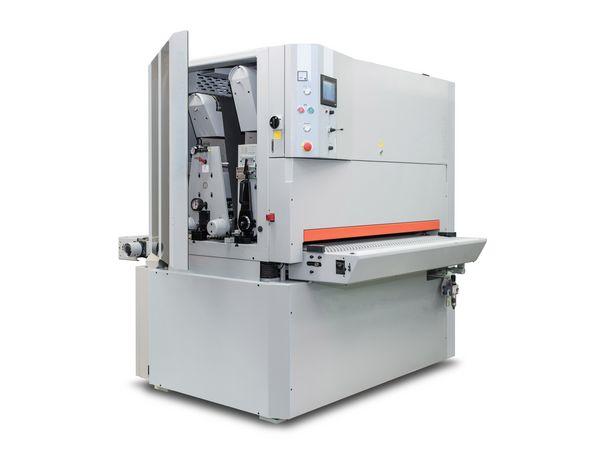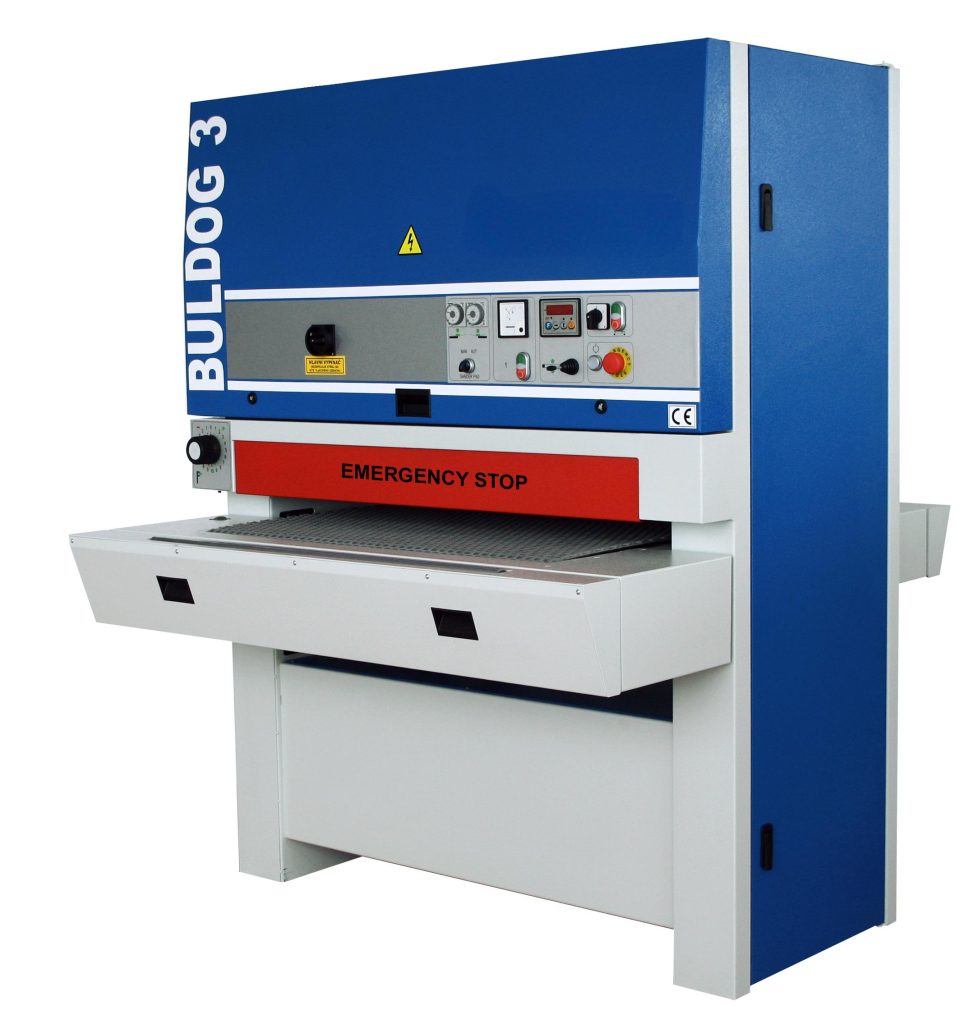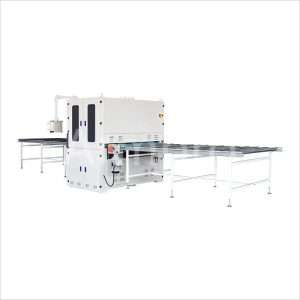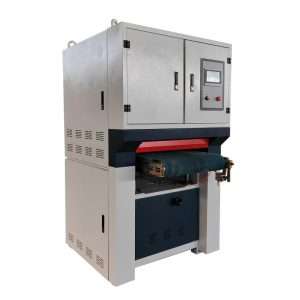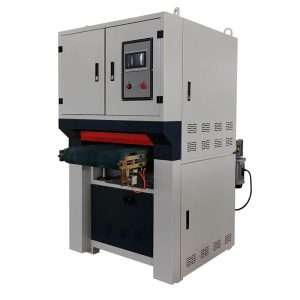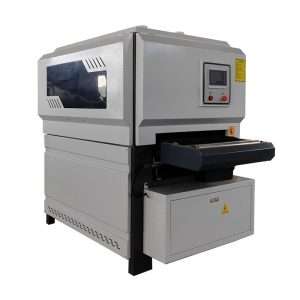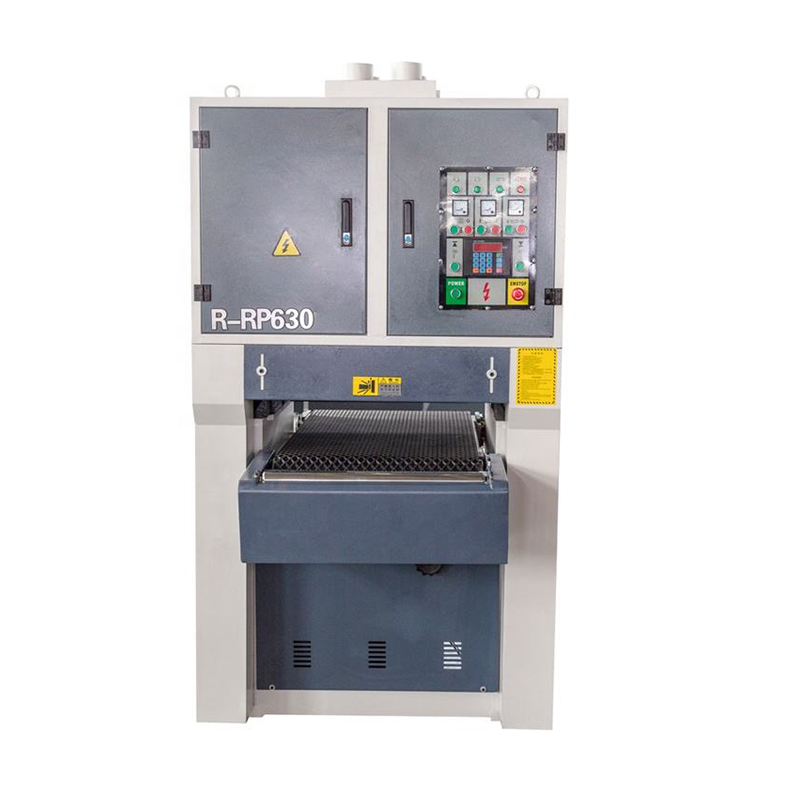Flap disc vs grinding disc: which is better?
Introduction
flap disc vs grinding disc,which are widely used in a large number of companies and enterprises as clients of metal and timber are in tight connection with their production and processing. These are the themes that assist professionals, trained and untrained people to polish up on their work.
The purpose of this article is to offer users an overview that will help them decide whether flap disc vs grinding disc which is necessary for the intended audience. Additionally, the article explains the advantages and disadvantages of each type of disc in general, which allows users to acquire a better grasp of how to use each type.
It is beneficial to be aware of the differences between the sanding disc and the flap disc for multiple reasons. The method is safe, effective, and inexpensive. With this data, users may choose the best tool for any work, increasing productivity.
1. Understanding Flap Discs
Applications of Flap Discs
- Typical Uses: Flap discsare extensively applied for various purposes such as grinding, blending as well as finishing. They have quite a versatile design which enables them to cut material and also polish it for paint or weld purposes.
- Common Industries: Demand for flap discs is a steady increase in such industries as metal fabrication, welding, and automotive repair. Here, they are employed for the cutting and polishing of the metal parts, for finishing welded joints,and for the preparation of further treatment.
Advantages of Flap Discs
- Flap discsare characterized by a rather large number of advantages, one of which is versatility. It can be employed at various steps of the working process – from cutting down the material to polishing it.
- Flap discs generally have a more extended period than sanding discs because flap discs are composed of layers, and the new abrasives are presented as flap discs wear out.
- Flap discs are also popular for their ability to give a very fine and even finish that does not require a further finish of sanding and polishing.
- They can be used to cut, grind, hone, polish, remove paint, rust, scale, weld, and deburr all in one tool, thus making flap discs economically useful to many workers.
2. Understanding Sanding Discs
Applications of Sanding Discs
- Typical Uses: Sanding discsare designed and employed for such operations as sanding, smoothing as well as preparing surfaces. They are very useful in the preparation of surfaces, in stripping old paints or varnish, and in the preparation of material for finishing.
- Common Industries: Sanding discs are used commonly in woodworking industries, painting industries, and construction among others. All of these discs are essential in surface preparation on woods, drywalls, and other construction substrates for painting or staining purposes or in general construction applications.
Advantages of Sanding Discs
- Sanding discs are used for a variety of surfaces and this is available in a large number of grits. As the case may be, it enables the user to select the most appropriate grit for any job ranging from rough grinding to fine polishing.
- Sanding discs are relatively cheap and come in various kinds to accommodate various uses.
- Sanding discsare rather smooth and can deliver a smooth and even finish on a wide power range making them appropriate to be used during the final stages of sanding before applying paint, stain, or other finishes.
- Sanding discs are simple to use and can be easily interchanged based on the needs of each project and therefore a good option for the lay user as well as the expert.
3. Choosing the Right Disc for Your Needs
Factors to Consider
- Consider the finish you want to achieve. Flap discs are excellent for blending and smoothing metal surfaceswhile sanding discs are ideal for achieving a fine finish on wood or preparing surfaces for painting.
- In the choice between flap discs and sanding discs, material typeis the most important criterion. For instance, metal may call for flap discs for their stability and sharpness, while wood may require smooth touches in the many kinds of sanding discs.
- The kind of task that one is performing also has another way of influencing decision-making. Whereas flap discs are ideal when it comes to the heavy cutting of material and finishing, sanding discs are preferable in cases where there is lighter sanding and preparation of the surface.
Task-Specific Recommendations
- Grinding:Flap discs are designed for heavy grinding application on metals because of their durability and effectiveness.
- Blending:Flap discs are designed for the finishing and leveling operations on metal surfaces, particularly welds or seams.
- Sanding:For wooden surfaces, dry walls, and painted surfaces, the sanding discs are appropriate to smoothen the surface to allow further process to be administered or sanded.
- Finishing:Sanding discs and flap discs both are used in finishing but for better smoothness of the material being worked on especially the wooden surface or any painted surface then sanding discs are used.
Material-Specific Recommendations
- Metal:Flap discs are generally the best choice for metalworking tasks, providing effective material removal, blending, and finishing.
- Wood:Sanding discs are more suitable for woodworking, offering a range of grits for everything from rough sanding to fine finishing.
- Plastic:When working with tires the sanding discs are advised especially when sanding the product's surfaces with the aim of polishing without causing any harm to the product.
- Composites:Flap discs are mostly used on metal work while sanding discs may also be used on composite material, although depending on the operation to be carried out. Flap discs work well where there is massive material to remove from the surface while sanding discs are recommended for polishing.
4. Tips for Using Flap Discs and Sanding Discs
Proper Technique
Technique for Flap Discs: Flap discs should be directed 15–30 degrees to the surface. Apply constant pressure and sweep the disc back. This will ensure an equal finish and prevent material damage. Start with coarse grits and progress to finer ones for optimal results.
Technique for Sanding Discs: To avoid uneven sanding, keep the sanding disks level and apply equal pressure on both sides. A smooth finish is achieved by circular or overlapping action. Starting with a rougher grit for initial sanding and moving to finer ones for finishing depends on the level of detail needed.
Safety Precautions
- Protective Gear:Other necessary protective gear includes goggles, dust masks, ear plugs, and any other safety equipment that would shield you from debris and high noise.
- Proper Handling:Where the disc is mounted to the tool which must be firmly fixed before use. Consult the manufacturer’s manual and avoid using high-speed RPM that may cause an accident.
- Inspection:Regularly inspect discs for signs of wear or damage before use. Do not use cracked, damaged, or worn discs beyond their safe use limits.
Maintenance and Storage
- Maintenance:Discs should always be clean to reduce the possibility of interference from some debris on them. In flap discs cleaning Is just a bit simpler, one is required to wipe off any dust or any contamination that may hinder its efficiency from the flap discs. Concerning sanding discs, they should also not be blocked; clean or replace them when fully blocked.
- Storage:Discs should be stored on shelves in a dark place and at room temperature out of direct sunlight. This way the deterioration is checked and the discs are well preserved for further use in the future. There are things you want to ensure you refrain from when storing discs and these include; Ensuring that the discs are not stored where it is too moisture or full of vibration.
By following these tips, you can maximize the effectiveness and lifespan of your flap discs and sanding discs, ensuring safer and more efficient work.
Conclusion
Selecting the proper sander type is vital to obtaining the best outcomes for your work. Depending on the choice of the material and the required gloss level, it is possible to determine whether it is appropriate to sand with a moist cloth or with a dry one. Wet sanding is characterized by smooth finishes and low dust accumulation, on the other hand, dry sanding is convenient and flexible.
To keep up the performance of the job and to maintain high efficiency, one should be able to determine the strengths and weaknesses of each of the aforementioned methods.
So,flap disc vs grinding disc,which is in your use,I think you have get your answer.
Don't forget to share this post!
Related Products
CONTACT US
Tell us your raw material and working details to get quotations within 24 hours.
WhatsApp Us: +86 159 27 555863

Want the best price & newest metal working machinery buying guide,tips and trends sent straightly to your box?Sign up for Armpro's monthly newsletter,we're free for your consultation and Offer you the most suitable working solutions!
The Buyer's Guide
- Tapping Machine: The Ultimate Buying Guide in 2024
- Electric Tapping Machines:the Ultimate Buying Guide in 2024
- Drilling Machine: The Ultimate Buying Guide in 2024
- Drilling milling Machine:The Ultimate Buying Guide in 2024
- CNC Tapping Machine :The Complete Buying Guide in 2024
- Pipe chafering Machine:The Complete Importing Guide in 2024
- Radial drilling Machine:The Complete Buying Guide in 2024
- Thread rolling Machine:The Complete Buying Guide In 2024
- Pillar Drilling Machine:The Ultimate Buying Guide in 2024

